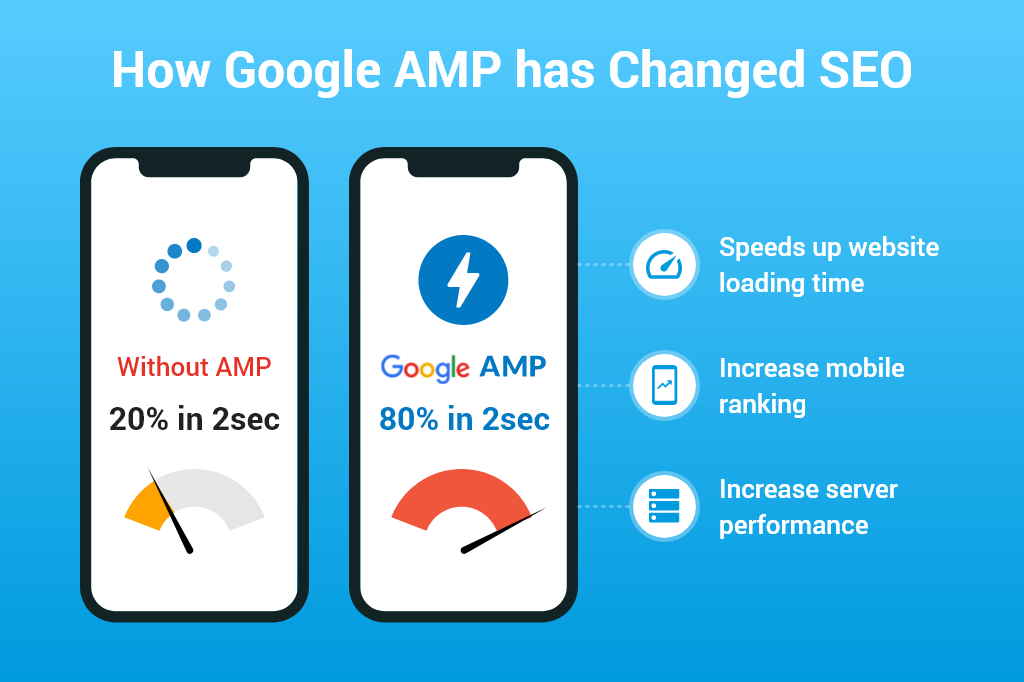AMP and its Effect on SEO
Nobody likes slow websites.
The slower your website, the faster a website visitor may leave. In fact, according to an SEO expert in Hong Kong, 47% of visitors expect a website to load within two seconds, and 40% of visitors would leave immediately if the page loads for three seconds or more. That is how impatient website visitors are nowadays.
But do you know who hates slow websites, as well? Google. It ranks higher those faster loading websites, and rank low those which are not. Speed is so crucial that Google has implemented programs to increase website speed, including Accelerated Mobile Pages (AMP).
What is AMP?
AMP is an open-source coding project made by Google to help websites load faster on mobile devices including videos, images, and all forms of content that will load instantaneously.
The purpose of this project is to provide a better experience for users by delivering content in a matter of seconds or even less.
How does AMP affect search engine optimization?
AMP is not necessary for SEO. Although it is not a direct factor in search engine, speed is a ranking factor. As a result, AMP will crucially affect your SEO efforts if your website is not living up to the normal speed standard.
For instance, two websites could rank the same in terms of SEO, but the website with the faster loading time would more likely rank higher than the other one.
This is a clear example on how AMP affects SEO. AMP boosts speed and makes a website’s format readily available instantaneously. But keep in mind that optimizing for website speed and better use experience can be done in several ways. AMP can be helpful in a few situations but should not be considered the SEO best practice.
Is AMP worth it?
Many businesses wonder if AMP is worth it. The truth is – it depends. AMP may not really be helpful for some websites with goals not really aimed in simply achieving website speed. But AMP can be a game-changer for other companies. To give you more an idea, here are of the pros and cons of AMP:
With AMP, your website will likely have better website loading time. It helps in delivering faster content by removing non-essential elements from the website.
Moreover, AMP may even result in a website’s higher ranking. Having your pages faster could improve Google rankings. Higher rankings will bring you in more potential customers.
However, the downside is that AMP may reduce revenues from ads since the goal is to increase website speed, fewer ads will show up on your websites. AMP may not be good for company’s whose major source of income is coming from advertisements.
You will also likely have less control on your website’s design and content. AMP will likely strip-out a lot of unnecessary elements on your website. It may include even those elements which help in website branding. AMP may strip out lead capture forms which would reduce the website’s ability to gather leads.
Time to AMP your website
There are much more cons in AMP the benefits. The main goal of AMP is to make websites faster, however, there are plenty of other ways to increase website speed.
If your website is highly branded, used to qualify leads, or already has a fast page speed, then AMP is likely not worth the effort. But, if you are really aiming for speed, AMP is for you.
